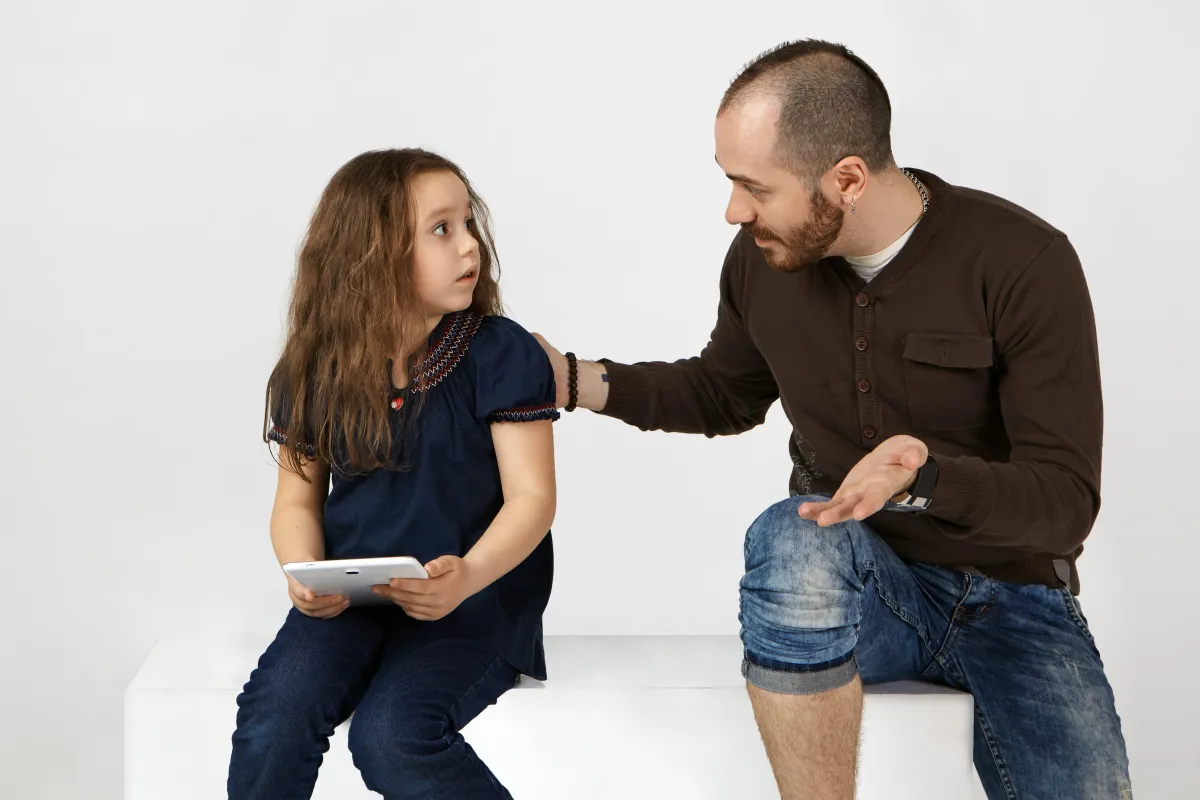How to Cope with Divorce When You Still Love Him: Healing Without Closure

Introduction
Still loving your ex-husband doesn’t make you foolish. It makes you human.
Maybe you didn’t want the divorce. Maybe you were blindsided. Or maybe you agreed to it but didn’t expect the grief to hit this hard. Whatever your story, if you’re here thinking, “I still love my ex-husband… So how do I move on?” — know this:
You are not alone.
Your feelings are valid.
And healing is still possible—even when love lingers.
In this guide, we’ll explore:
Why you still love him
How to sit with emotional pain without being consumed by it
What not to do when you feel stuck in love
Gentle steps to emotionally detach and reclaim yourself
Where to find support that truly understands
You don’t need to erase your love to begin healing. Let’s honor it—without letting it hold you back.
Why You Might Still Love Him
You Didn’t Want the Divorce
Sometimes the pain isn’t just about loss—it’s about powerlessness. If you didn’t choose the divorce, it can feel like your heart was dragged behind someone else’s decision.
You’re mourning not just what was, but what could have been—a future you were still invested in.
Long-Term Emotional Bonds Don’t Break Overnight
Even if the relationship was painful or unbalanced, emotional bonds—especially after years together—run deep. You may be experiencing:
Nostalgia for the good moments
Trauma bonding if the relationship involved emotional highs and lows
Genuine enduring love, where you still see the good in him
Let go of the idea that “I should be over this by now.” You don’t heal on anyone’s timeline.
Love Is Not a Switch — It’s a Process
Feelings don’t follow logic. You can know someone isn’t right for you and still love them. You can recognize the toxicity and still miss the touch.
“You can love someone and still decide they are not right for your life.” – Unknown
Letting go isn’t about denying love. It’s about choosing peace over attachment.
How to Sit With the Pain Without Letting It Consume You
What You’re Feeling Is Real — and Valid
It’s tempting to minimize your feelings or shame yourself for still being in love. But pushing those emotions down won’t help. In fact, it can prolong your pain.
Grief over a divorce—especially one from someone you still love—is complex. It includes:
Emotional longing
Identity confusion
Even physical symptoms like exhaustion, nausea, and insomnia
According to the APA, emotional recovery from divorce typically takes 1–2 years, depending on the depth of the relationship.
Create Space to Grieve the Relationship Fully
You’re not just grieving a person—you’re grieving:
Future holidays you imagined
Growing old together
The inside jokes, routines, shared history
This kind of loss deserves full grief. It’s okay to:
Cry daily
Talk to the version of him that lives in your head
Miss him and still not want him back
Journaling, Crying, Meditating — Tools to Express Without Judgment
Try the "Unsent Letter" exercise:
Write a letter to your ex as if you could say anything.
Say what hurt. Say what you miss. Say goodbye.
Then burn it, shred it, or save it—but don’t send it.
Also consider:
Guided meditations for heartbreak
Crying in the shower (it’s a safe, private space)
Daily journaling prompts like:
“Today, I wish I could tell him…”
“Loving him taught me…”
What NOT to Do When You Still Love Him
Don’t Beg, Chase, or Reopen the Wound
Every time you text, check his social, or ask “Can we talk?”, you're reopening a scab that’s trying to heal.
Emotional relapses are normal—but giving in to them can prolong the grief.
Set limits:
Block or mute him temporarily if needed
Ask a friend to help you stay accountable
Remember that no new conversation will erase the old pain
Don’t Suppress or Numb the Feelings
Pushing feelings down often leads to:
Anxiety
Depression
Unexplained physical symptoms
Don’t feel weak for crying. Don’t feel crazy for missing him. Don’t drown your pain in alcohol, rebound flings, or overworking.
What’s not expressed will eventually demand your attention.
Don’t Let Hope Override Reality
Redefining “You” After Divorce
Hope can be comforting—but also dangerous. Holding onto false hope can keep you stuck in a fantasy.
Instead, try Radical Acceptance — a concept from Dialectical Behavior Therapy (DBT):
“This is happening. I don’t have to like it. But I accept that I cannot change it.”
Acceptance isn’t defeat. It’s the first breath of freedom.
Steps to Emotionally Detach and Reclaim Yourself
Emotional Boundaries – Redefine the Relationship (Even If Co-Parenting)
If you still have contact (e.g., co-parenting), shift how you engage:
Keep conversations transactional, not emotional
Don’t seek validation or flirtation
Avoid sharing your feelings unless it’s part of closure
You’re redefining the emotional contract. He is no longer your comfort zone.
“Love Doesn’t Mean You Have to Stay” – Reframing the Narrative
It’s possible to:
Love him and leave him
Miss him and not go back
Remember the good and still choose yourself
“Healing after divorce from someone you love is like carrying two truths: I still love him. I know I must move on.”
Pour That Love Back Into Yourself
All that love you have for him? Redirect it:
Nurture your body with good food, rest, and gentle movement
Take up a creative outlet (art, music, writing)
Practice self-talk that’s kind:
“I am worthy, even when I feel broken.”
“My love is not wasted—it was real, and so is my healing.”
Who Can Help You Heal
Talking to a Therapist or Divorce Coach
Therapy isn’t just for the broken—it’s for the becoming.
A therapist gives you:
A container for your emotions
Tools to manage grief
A mirror for your worth when you forget it
Recommended expert: Kevin Van Liere
Joining a Support Group of Others Who Understand
Sometimes the most healing words are:
“I’ve been there too.”
Find community through:
Facebook groups for women post-divorce
Local or virtual support groups
Podcasts like The Love, Happiness & Success Podcast
These spaces remind you: you’re not alone.
Final Words: Love Doesn’t Disqualify You From Healing
You are allowed to:
Miss him
Cry about him
Still feel love for him
AND
Set boundaries
Choose healing
Build a new life
Love doesn’t mean you wait. Love doesn’t mean you chase.
Love means honoring what was—and trusting that what’s next can still be beautiful.
You can give yourself closure. You can give yourself peace.
Related Posts

Helping Kids Adjust to a New Normal After Divorce
Divorce turns your kids’ world upside down—new routines, two homes, and feelings they can’t quite name. As a parent, you might try to smooth it over with extra hugs or packed schedules, but that’s not enough. At Rebuilders International, we’ve spent over 40 years helping families find their footing with our proven approach, backed by the Fisher Divorce Adjustment Scale (FDAS). This isn’t about fixing your kids—it’s about guiding them to feel safe in a new normal. Here’s how to start today.
Why Kids Struggle with Change
Divorce doesn’t just shift your kids’ address—it shakes their sense of security. They pick up on your stress, miss the old rhythms, and worry they’re to blame. People might say, “They’re resilient,” but our method, tested by thousands, shows kids need active support to process change. The FDAS, with its .93 reliability, proves that helping them name and release emotions builds trust and stability. Let’s explore how you can make that happen.
5 Rebuilders Steps to Support Your Kids
These steps, drawn from our 10-week workshop, adapt our tools to help kids adjust, rooted in connection and emotional clarity:
Listen to Their Heart
Kids often hide big feelings, thinking you can’t handle them. Our Empowerment Triangle—caring, vulnerability, assertiveness—teaches you to ask, “What’s one thing you’re feeling today?” A 10-year-old in our groups once said, “I’m scared you’ll leave too,” and it opened a door. Try it: listen without jumping to fix. It’s like our grief work, helping kids feel heard.Teach “I Am Enough”
Divorce can make kids feel they caused the split. Our core belief? They’re a “gem,” whole as they are. Try this: each night, say together, “I am enough.” A mom in our support group said her son’s frowns turned to grins over weeks. This practice, tied to our self-worth tools, helps kids feel steady, no matter the changes.Check Your Own Progress
Your emotional clarity helps your kids. Our free self-test takes 10 minutes and shows where you’re at—maybe stuck in grief or low on trust. A dad saw his scores and said, “I need to heal to help them.” Knowing this, like our RIFT framework’s thinking phase, lets you model strength for your kids.Create One Shared Anchor
Kids crave consistency. Pick one small ritual—like a bedtime story or a weekly pancake morning—and keep it steady, even across homes. Our program’s challenge behaviors show action builds security. A client said her daughter clung to their “joke of the day” like a lifeline. Choose one thing you can both count on—it’s a bridge to their new normal.Join Our Community
Parenting post-divorce feels lonely, but our online groups connect you with others tackling the same questions—like how to answer, “Why’d you split?” One parent learned to say, “We’re still your team, just apart,” easing her kid’s fears. Share tips, find support, and show your kids you’re not alone. Our tools make connection a family strength.
A New Normal They Can Trust
Helping kids adjust to a new normal after divorce is about building a world where they feel safe, not erasing what was. Our structured approach has guided thousands since 1974, with workshop completers since 2021 showing stronger family bonds via FDAS scores. You and your kids can find that stability too, one real moment at a time.
Need Support? We’re Here
This journey’s tough, but our programs—online, in-person, or self-paced—give you tools and a community to lean on. Visit our homepage or book a free clarity call. Want to start light? Join our free support group Tuesdays online.
You’re Their Guide—You’ve Got This
Your kids are watching you for cues. What’s one way you’ll help them feel safe today? Drop it below—we’re here for you!

